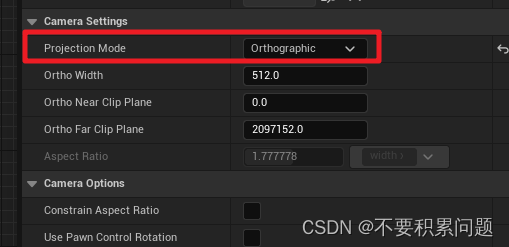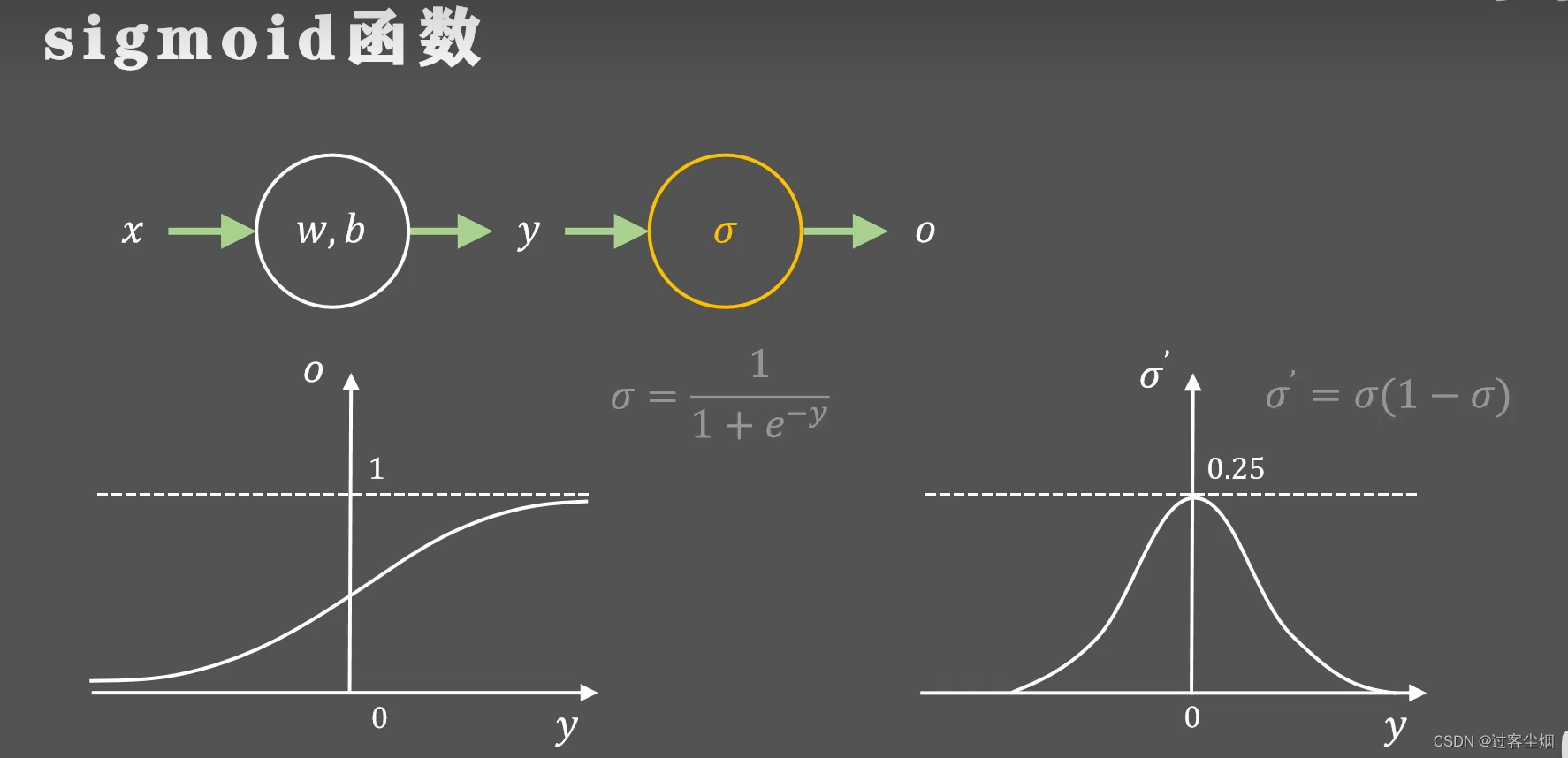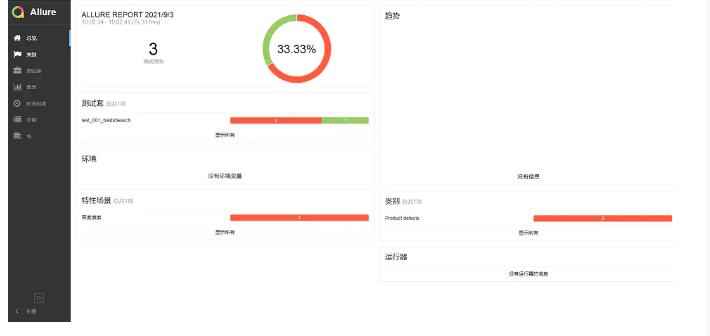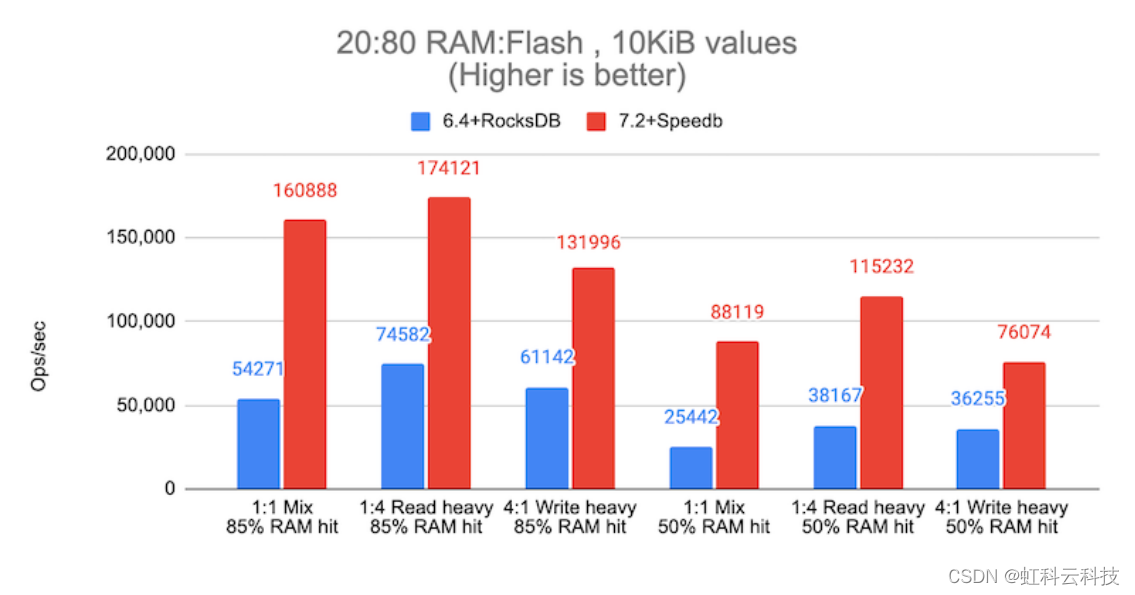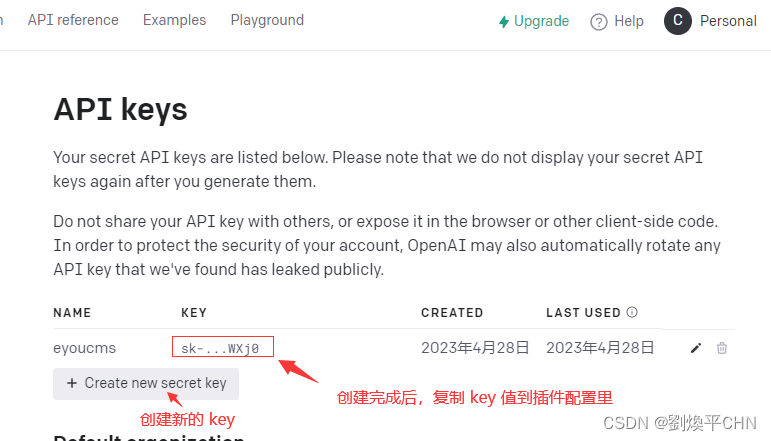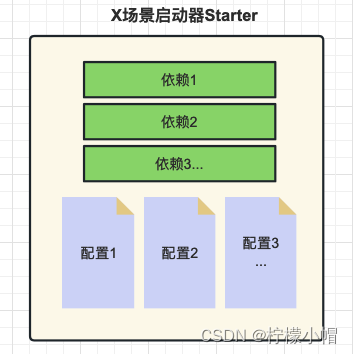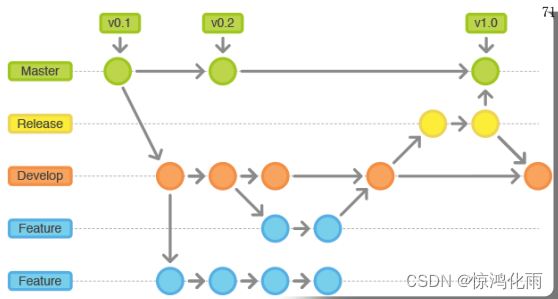流程
milvus的使用流程是 创建collection -> 创建partition -> 创建索引(如果需要检索) -> 插入数据 -> 检索
这里以Python为例, 使用的milvus版本为2.3.x
首先按照库, python3 -m pip install pymilvus
Connect
from pymilvus import connections
connections.connect(alias="default",user='username',password='password',host='localhost',port='19530'
)connections.list_connections()
connections.get_connection_addr('default')connections.disconnect("default")
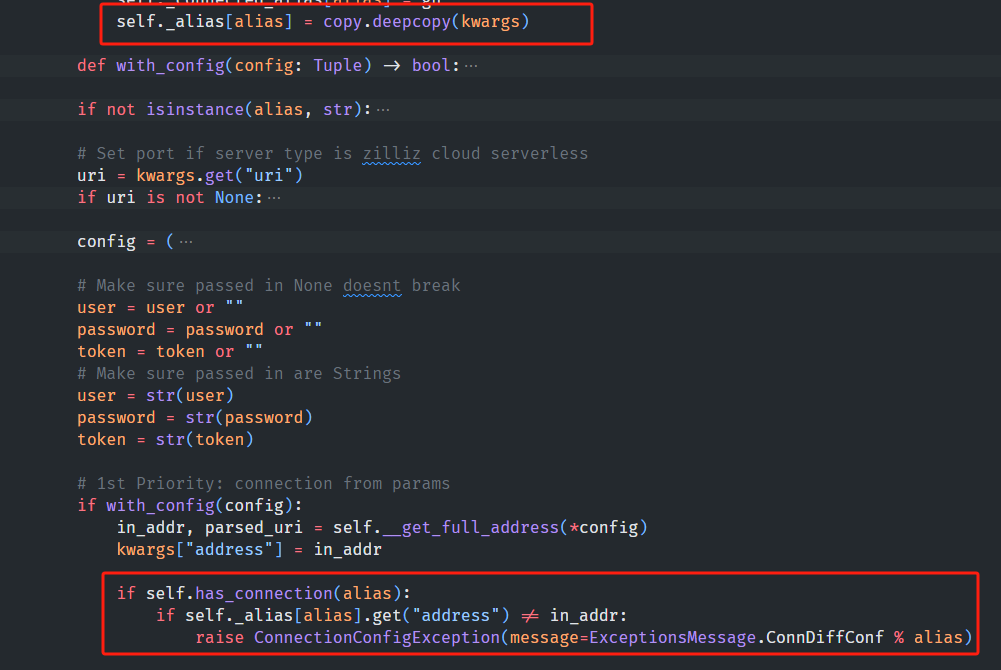
以上是源码,可以看出alias只是一个字典的映射的key
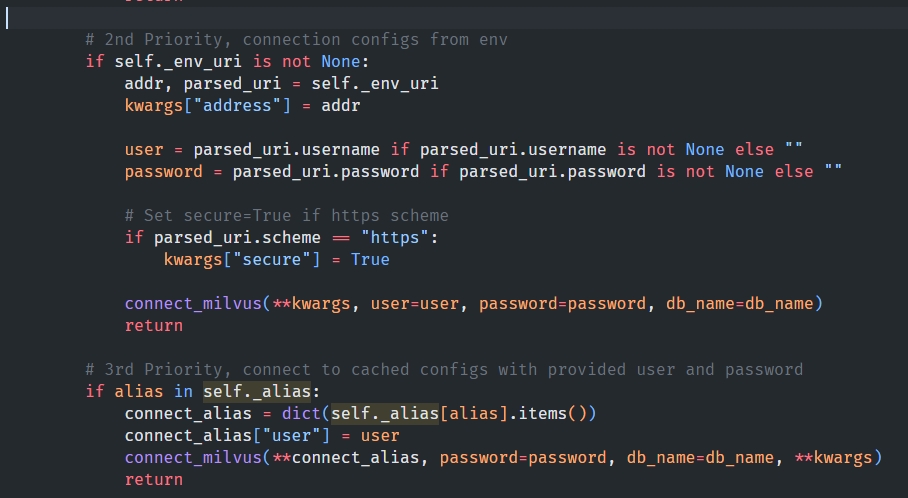
通过源码可以看到,还有两种连接方式:
- 在.env文件中添加参数,
MILVUS_URI=milvus://<Your_Host>:<Your_Port>,之后可以使用connections.connect()连接 - 在一次连接成功后,将连接配置数据保存在内存,下次近执行
connections.connect()即可连接,可以通过connections.remove_connection删除连接配置数据
Database
from pymilvus import connections, dbconn = connections.connect(host="127.0.0.1", port=19530)database = db.create_database("book")db.using_database("book") # 切换数据库
db.list_database()
db.drop_database("book")
Collection
和一些非关系型数据库(MongoDB)类似,Collection就是表
# collection
from pymilvus import Collection, CollectionSchema, FieldSchema, DataType, utility## 需要提前创建列的名称、类型等数据,并且必须添加一个主键
book_id = FieldSchema(name="book_id",dtype=DataType.INT64,is_primary=True,
)
book_name = FieldSchema(name="book_name",dtype=DataType.VARCHAR,max_length=200,# The default value will be used if this field is left empty during data inserts or upserts.# The data type of `default_value` must be the same as that specified in `dtype`.default_value="Unknown"
)
word_count = FieldSchema(name="word_count",dtype=DataType.INT64,# The default value will be used if this field is left empty during data inserts or upserts.# The data type of `default_value` must be the same as that specified in `dtype`.default_value=9999
)
book_intro = FieldSchema(name="book_intro",dtype=DataType.FLOAT_VECTOR,dim=2
)
# dim=2是向量的维度schema = CollectionSchema(fields=[book_id, book_name, word_count, book_intro],description="Test book search",enable_dynamic_field=True
)collection_name = "book"collection = Collection(name=collection_name,schema=schema,using='default',shards_num=2)utility.rename_collection("book", "lights4")
utility.has_collection("lights1")
utility.list_collections()
# utility.drop_collection("lights")collection = Collection("lights3")
collection.load(replica_number=2)
# reduce memory usage
collection.release()
Partition
# Create a Partitioncollection = Collection("book") # Get an existing collection.
collection.create_partition("novel")
Index
milvus的索引决定了搜索所用的算法,必须设置好所引才能进行搜索。
# Index
index_params = {"metric_type":"L2","index_type":"IVF_FLAT","params":{"nlist":1024}
}collection.create_index(field_name="book_intro", index_params=index_params
)## metric_type是相似性计算算法,可选的有以下
## For floating point vectors:
## L2 (Euclidean distance)
## IP (Inner product)
## COSINE (Cosine similarity)
## For binary vectors:
## JACCARD (Jaccard distance)
## HAMMING (Hamming distance)
utility.index_building_progress("<Your_Collection>")
Data
数据可以从dataFrame来,也可以从其他方式获得,只要列名对上,即可。
import pandas as pd
import numpy as npinsert_data = pd.read_csv("<Your_File>")
mr = collection.insert(insert_data)
Search
# search
search_params = {"metric_type": "L2", "offset": 5, "ignore_growing": False, "params": {"nprobe": 10}
}results = collection.search(data=[[0.1, 0.2]], anns_field="book_intro", # the sum of `offset` in `param` and `limit` # should be less than 16384.param=search_params,limit=10,expr=None,# 这里需要将想看的列名列举出来output_fields=['title'],consistency_level="Strong"
)# get the IDs of all returned hits
results[0].ids# get the distances to the query vector from all returned hits
results[0].distances# get the value of an output field specified in the search request.
hit = results[0][0]
hit.entity.get('title')
具体的代码在我的github。希望对你有所帮助!


